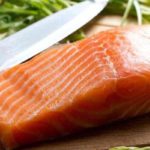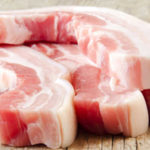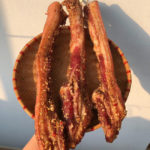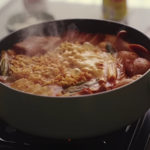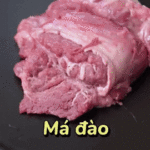Pork belly is a familiar type of meat commonly used in cooking. Depending on the ratio of fat to lean meat, pork belly is divided into two types: upper pork belly and lower pork belly. When buying pork belly, many people do not understand the difference between upper and lower pork belly. Therefore, if you buy the wrong cut of pork belly, it will affect the taste of the dish. Below are some ways to differentiate between upper and lower pork belly.
In general, the upper pork belly is the meat near the rib bone, which has relatively fewer layers of meat. It mainly consists of a layer of fat meat and a layer of lean meat. This cut of pork belly has a relatively high fat content, with more fat than lean meat. The lean meat in this pork belly is quite dry, while the fat meat is richer and greasier.
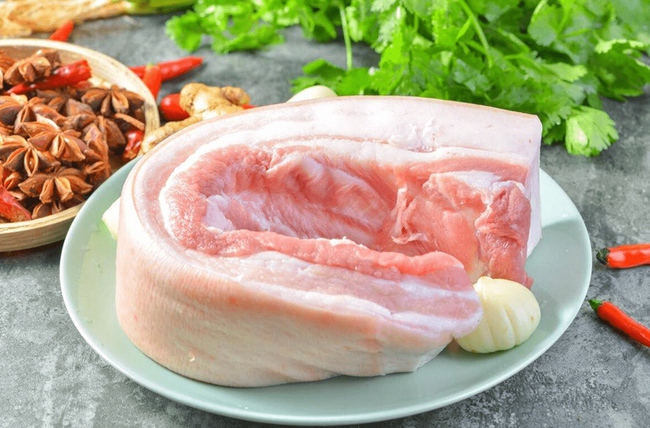
Due to the high fat content, the upper pork belly is not suitable for frying or boiling. It is often used as a filling for buns, spring rolls, or meatballs… combined with other ingredients to enhance the flavor after cooking.
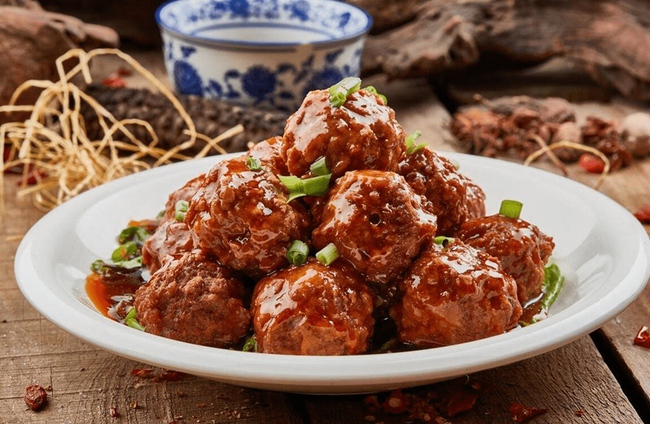
The lower pork belly is the part of the pork belly that is not attached to the rib bone and is closer to the pig’s belly. The lower pork belly has a relatively equal ratio of fat to lean meat. Therefore, the meat will be more flavorful, and this is also the best quality pork belly. When cooking this cut of pork belly, there is no need to add extra fat or cooking oil; the fat in the pork belly will melt, making the meat tender and sweeter.
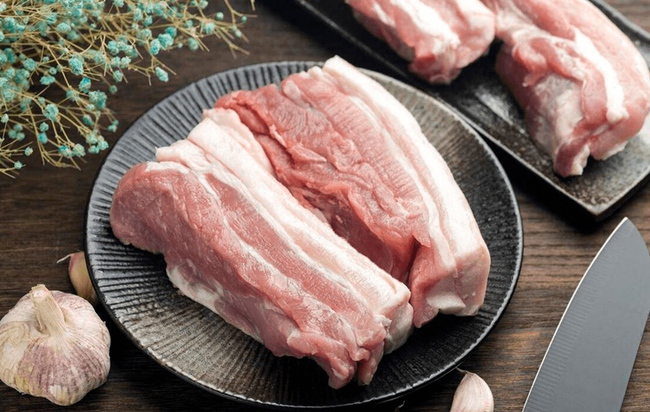
The lower pork belly is suitable for making fried, grilled, boiled, braised, and stewed dishes. The meat has an even distribution of fat and lean meat, so the cooked meat has a delicious and not greasy taste.
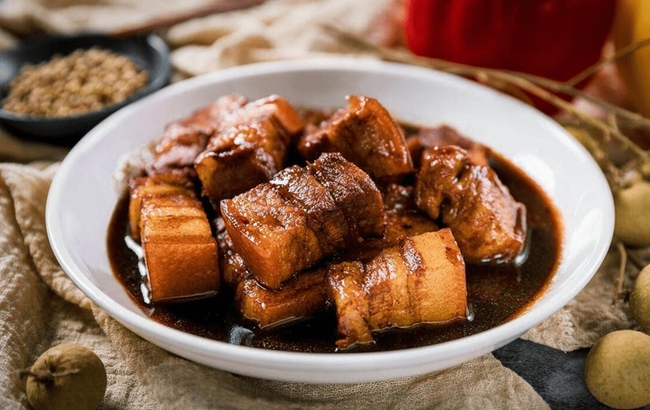
In summary, when buying pork belly, you need to distinguish between upper and lower pork belly. Only when you understand the differences between these two cuts of meat can you choose the most suitable pork belly according to your own needs, and then you can fully enjoy the delicious dish. When choosing pork belly, the following 3 tips will help you choose the best quality pork belly.
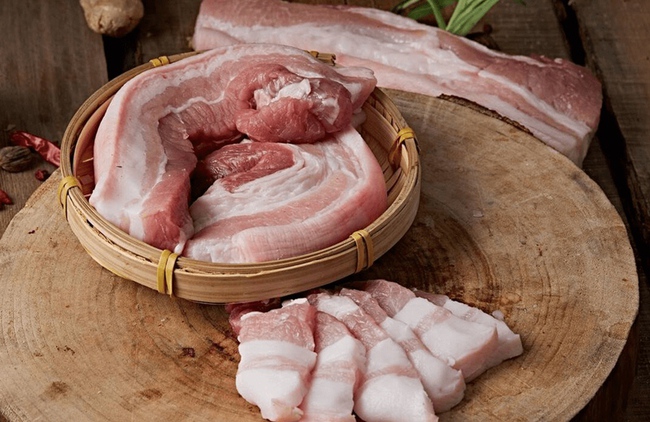
1. Look at the appearance of the meat: When buying pork belly, you should pay attention to the external appearance of the meat. Fresh pork belly is light pink in color, with a bright surface, evenly distributed fat and lean meat, and a moderate ratio of meat to fat. If you see pork belly that is gray in color or has a rough surface, unclear fat and lean meat lines, or an uneven texture, then the quality of the pork belly is not very good.
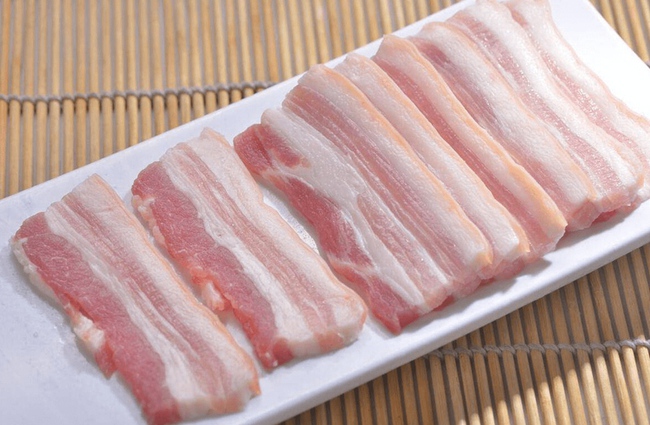
2. Smell of the meat: The smell is also an important factor to consider when choosing pork belly. Good pork belly should have a light, pleasant smell, without any off-putting odor. If you smell a rotten or strange odor from the pork belly, avoid buying it.
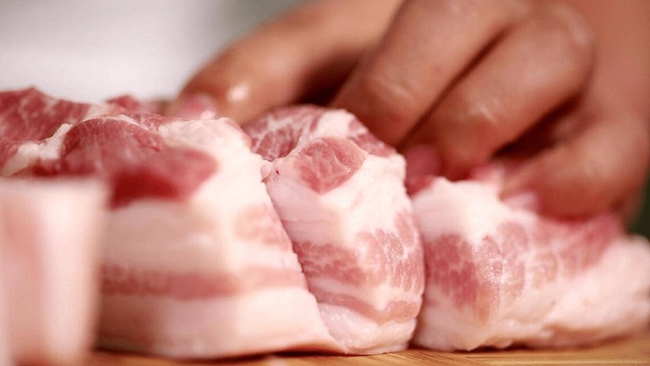
3. Test the meat’s elasticity: When choosing pork belly, you should press the meat with your finger. Good pork belly will be elastic and easy to cut. If the meat is too hard or too soft, the taste will be affected.
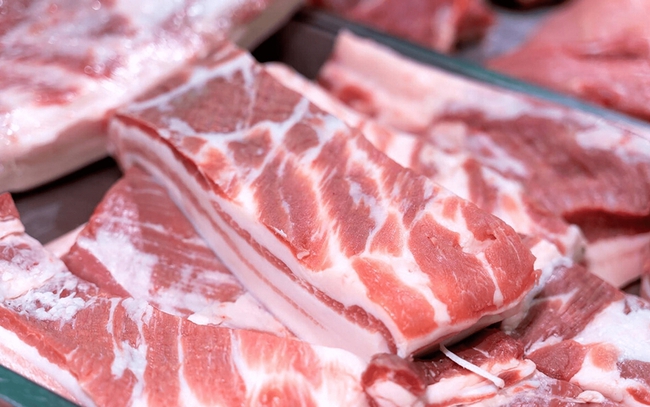
With these small tips, hopefully, you will be able to choose fresh, delicious pieces of pork belly that are suitable for the dish you plan to cook.
Source: phunuvietnam.vn
























